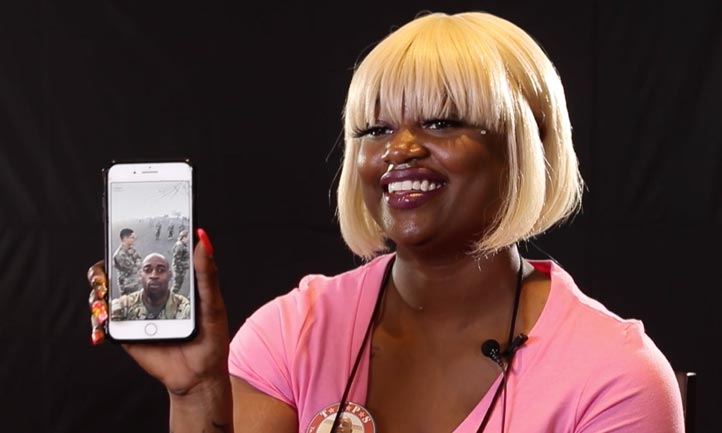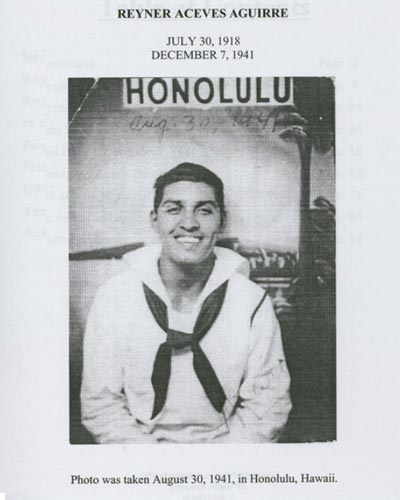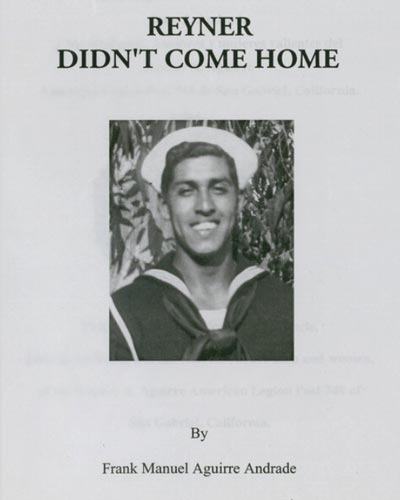Make the Most of Time at Home: Share Your Loved One’s Story
Author: Kerry Ward
As we navigate these uncertain times, I have found that there is a silver lining with spending more time in the house: it has forced me to focus on projects I hadn’t yet had time to tackle. As I cleaned out my hall closet, I found myself face-to-face with memories I hadn’t thought about in years. I called an old friend and told her about a specific photo that featured a silly picture of her brother, who had passed away a few years ago. This walk down memory lane prompted additional remembrances as we celebrated his life. I noted how cathartic it was for her to share, and made sure she knew what a tremendous gift she had given me to know her brother a little better through her eyes.
What are you doing with your time these days?
With as little as 30 minutes, you can preserve your loved one’s legacy with our national Library so that others will have an opportunity to learn of their service, and be inspired by their actions.
 Photo: Tekearah Spruill shares a photo of her brother in uniform during her VHP interview in May 2019. The photo is part of the Melvin Spruill collection of the Veterans History Project.
Photo: Tekearah Spruill shares a photo of her brother in uniform during her VHP interview in May 2019. The photo is part of the Melvin Spruill collection of the Veterans History Project.
Since 2000, the Veterans History Project (VHP), a congressionally mandated effort of the Library of Congress, has been collecting, preserving and making accessible the personal accounts of military service from World War I through more recent conflicts. Families of the fallen can share their loved one’s memories through a 30-minute or longer audio or video recorded interview; and/or 20 pages or more of unpublished memoirs, journals or diaries; and/or 10 or more original photos, letters or pieces of 2-D artwork. Any one of those options qualify!
Participation is simple, meaningful and leaves a lasting legacy. Visit the VHP website where you can follow the step-by-step process outlined in the how-to Field Kit and answer the draft questions which explore your reflections, as well as the full scope of your hero’s life.
Have a camera, tablet or even a cellphone? You canrecord an interview with an individual with whom you are sheltering-in-place, or even record a self-interview. All VHP Interviews must be conducted individually (one interviewee per recording); however, additional family members are encouraged to share their memories and experiences through interviews of their own.
Those who aren’t feeling camera-ready can consider reviewing a box of letters or photo album for materials to donate or even writing your memories. While many VHP collections consist of interviews, others are unpublished memoirs, photos, journals and even 2-D artwork. One example of this came from the family of Reyner Aceves Aguirre, who received the dreaded telegram one month after 23-year-old Reyner was killed during the attack on Pearl Harbor. Every member of his family coped with the loss differently. One family member joined the military to avenge Reyner. Another family member stood up a local veteran service organization. Another family member compiled a memoir containing letters, photos and memories entitled "Reyner Didn’t Come Home." In sharing the memoir with VHP, the Aguirre family has allowed students across the country who are learning about the USS Arizona to have a personal connection to the events that transpired on December 7, 1941. They have learned about Reyner’s tough childhood in the barrio, how joyful he was to be venturing off to Hawaii and how his family has continued to honor him.


Memories book titled “Reyner Didn’t Come Home” is part of the Reyner Aceves Aguirre Collection with the Veterans History Project.
Not ready to donate these precious original materials? Consider including a video in which you walk viewers through these items and explain what they are. We also recommend you review some preservation best practices to ensure these treasured belongings stand the test of time.
A tremendous resource for historians, students and researchers, the Veterans History Project currently contains over 110,000 exceptional collections of service. These stories make us laugh, cry and remember. They teach us and gift us with an opportunity to learn from and about someone who we may never have had the opportunity to know.
While spending more time at home, use this opportunity to consider recording your loved one’s story so that their legacy lives on for you, for them and for those who will view it.
Visit the Veteran's History Project to learn more.
Kerry Ward is a Gold Star liaison specialist with the Veterans History Project, which falls under the American Folklife Center at the Library of Congress. The project aims to collect, preserve and make accessible the personal accounts of American veterans so that future generations may know their stories. Email her at kwar@loc.gov for more information specifically designed for Gold Star families.
